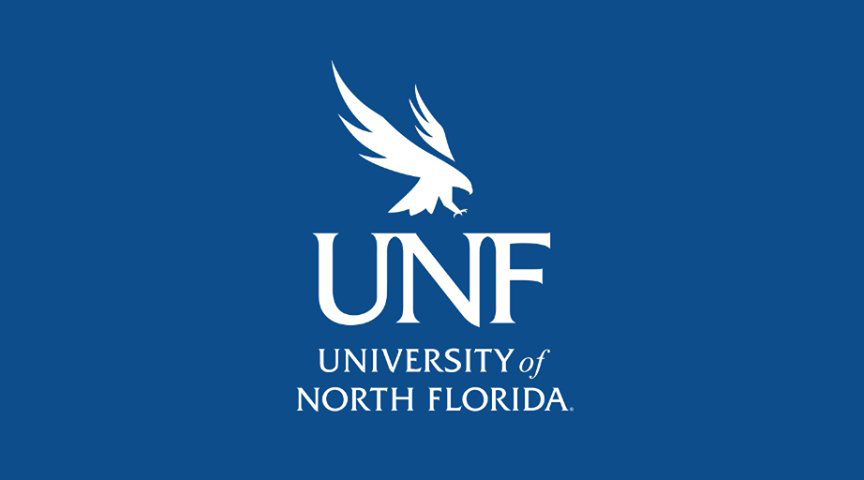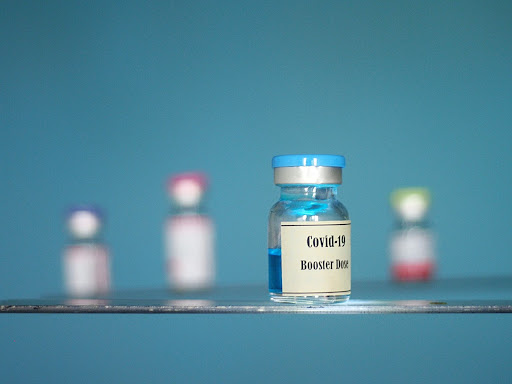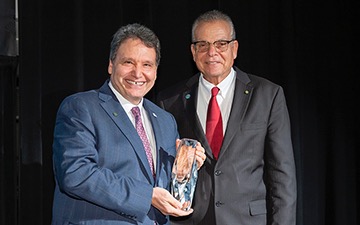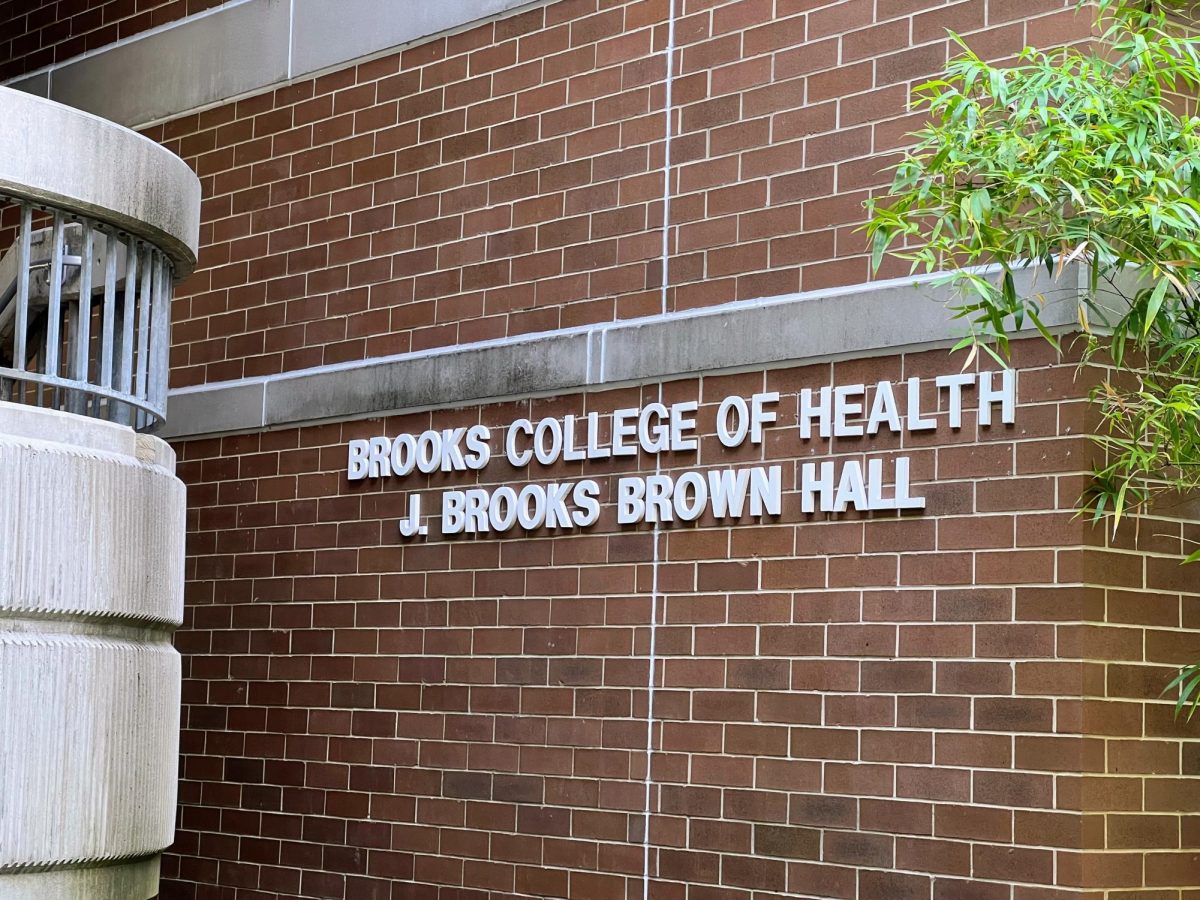Health and medical experts have long described vaccinations as one of the greatest achievements in public health, but opposition to vaccines have existed as long as the first vaccines were created.
Those who criticize vaccines take a variety of different positions on why they oppose them — it can be for philosophical, political, sanitary, scientific or spiritual reasons.
The opposition all kind of began in the mid to late 1800s with the creation of the smallpox vaccine in England and the United States. This point in history led to anti-vaccination leagues. The opposition since then has continued into more recent years with controversies such as those surrounding the safety and efficacy of, for example, DTP immunization, the MMR vaccines, and the use of a preservative called thimerosal.
When we look back in history, we see that the widespread smallpox vaccinations came after Edward Jenner’s cowpox experiments. He showed that he could protect a child from smallpox if he infected him or her with lymph from a cowpox blister. Lymph is a kind of colorless fluid containing white blood cells, which bathes the tissues and drains through the lymphatic system into the bloodstream. Jenner’s ideas were groundbreaking at the time, but met with immediate public criticism.
For a lot of parents in England at the time, the smallpox vaccination was something to be afraid of and protest. Some objectors, including leaders in the church, believed that the vaccine was “unchristian” because it came from a cow. For others, it had to do with a general distrust in medicine and concern that Jenner was just wrong. Some people rejected the vaccine entirely and said that smallpox was a result of decaying matter in the atmosphere. Many people just objected to the vaccine because they were concerned it was a violation of their personal liberties, which became more apparent to them as the government began mandating vaccinations at this time.
Near the end of the 19th century, smallpox outbreaks in the United States led to anti-vaccine activity. The Anti-vaccination Society of America was founded, as well as the New England Anti-compulsory Vaccination League and the Anti-vaccination League of New York City. The American anti-vaxers also began to take on court battles to repeal vaccination laws in several states.
Such controversies continued in the mid 1970s over the safety of DTP immunization. The DTP vaccine is a class of combination vaccines against three infectious diseases in humans: diphtheria, pertussis, and tetanus. In the United Kingdom the opposition stemmed from a report from the Great Ormond Street Hospital for Sick Children in London, alleging that 36 children suffered neurological conditions following the DTP immunization.
Then in 1998, there was a controversy with the MMR vaccine. The MMR vaccine is a vaccine against measles, mumps, and rubella. The first dose is generally given to children around nine months to 15 months of age.
It started when a British doctor Andrew Wakefield recommended further investigation of a possible relationship between bowel disease, autism, and the MMR vaccine. Wakefield alleged the vaccine was not properly tested. The media used these stories, which ignited public fear and confusion over the safety of the vaccine.
The journal that originally published Wakefield’s work, stated that it should not have published it. The General Medical Council in the UK found that Wakefield had a “fatal conflict of interest.” He had been paid by a law board to find out if there was evidence to support a litigation case by parents who believed that the vaccine had harmed their children. Wakefield was fired from his practice in Great Britain and could no longer practice medicine there.
A series of reports by journalist Brian Deer was published and outlined evidence that Wakefield had committed scientific fraud by falsifying data. Research studies have looked into the safety of the MMR vaccine, and none of them have found a link between the vaccine and autism.
Thimerosal, a mercury-containing compound used as a preservative in vaccines, has also been the center of a vaccination and autism controversy. Although there is no clear scientific evidence that small amounts of thimerosal in vaccines cause harm, in July 1999, leading U.S. public health, medical organizations and vaccine manufacturers agreed that thimerosal should be reduced or eliminated from vaccines as a precautionary measure. Today, thimerosal is no longer used in most childhood vaccines. Some forms of influenza vaccine available in multi-dose vials may contain the preservative.
Concerns over thimerosal have led to a public “Green Our Vaccines” campaign,which is a movement to remove “toxins” from vaccines, over fear that these substances lead to autism.
While many do not support vaccines and will refrain from taking the COVID-19 vaccine, many are willing to take it. However, for as long as vaccines are around, there will be controversy surrounding them.
A recent poll on Spinnaker’s Instagram page asked students if they would be taking the COVID-19 vaccine when it becomes available to the public.

197 followers voted that they planned on taking it, while 87 followers voted that they would not be taking it.
For further information, visit here.
___
For more information or news tips, or if you see an error in this story or have any compliments or concerns, contact editor@unfspinnaker.com.
















